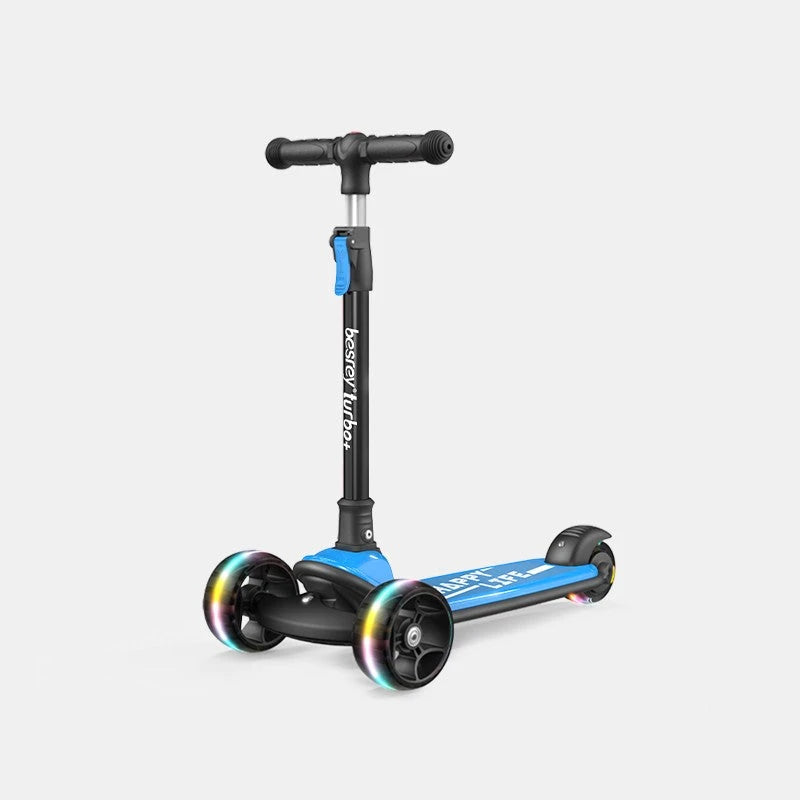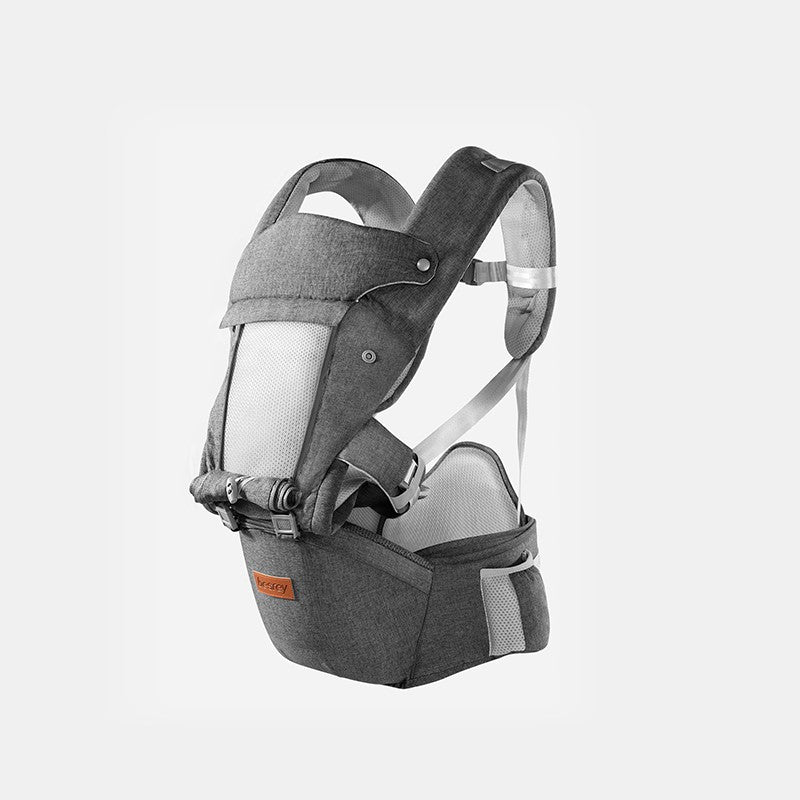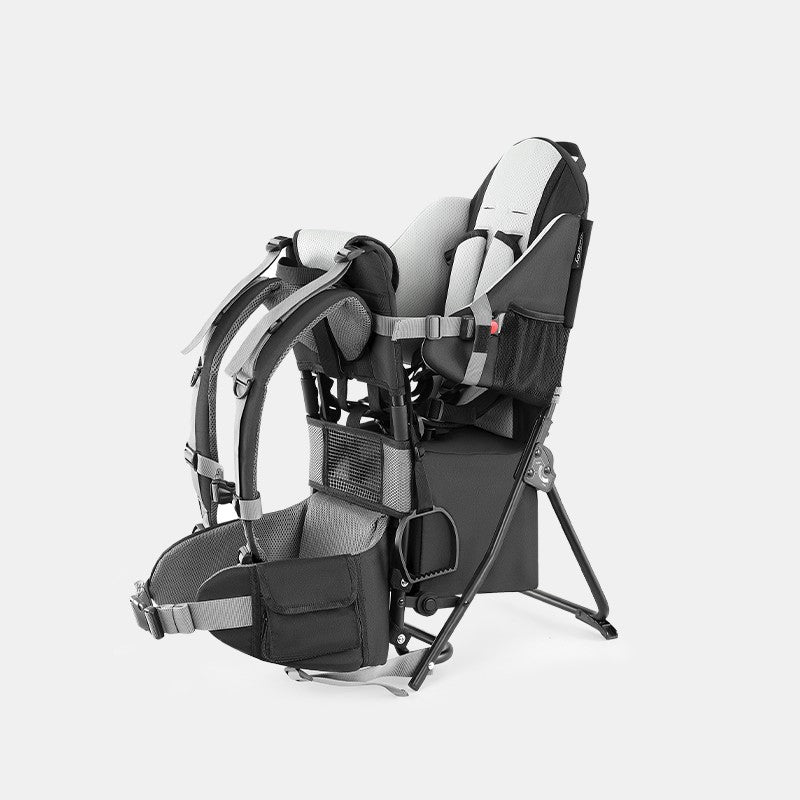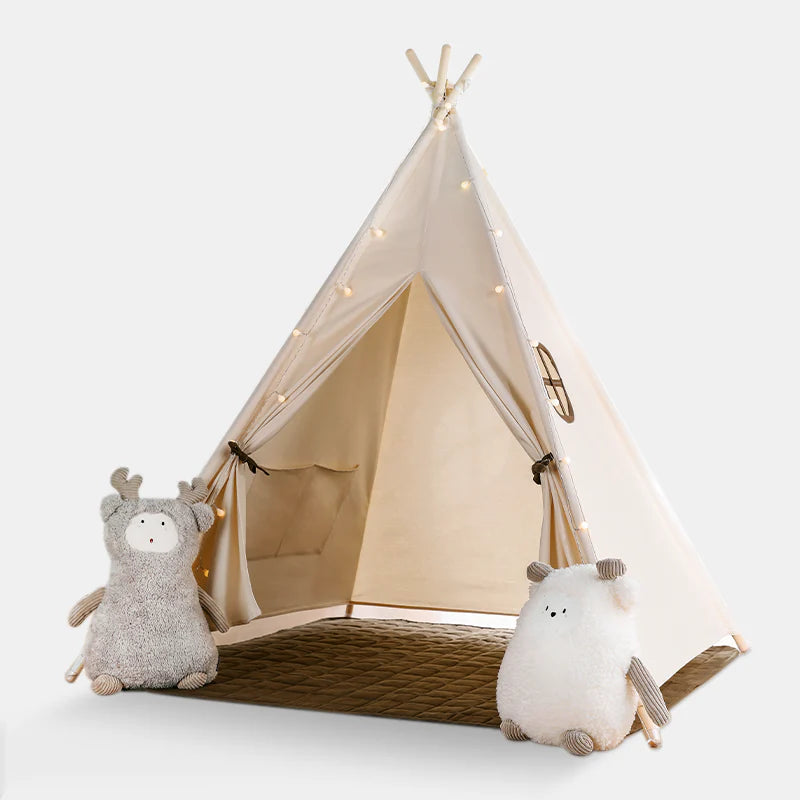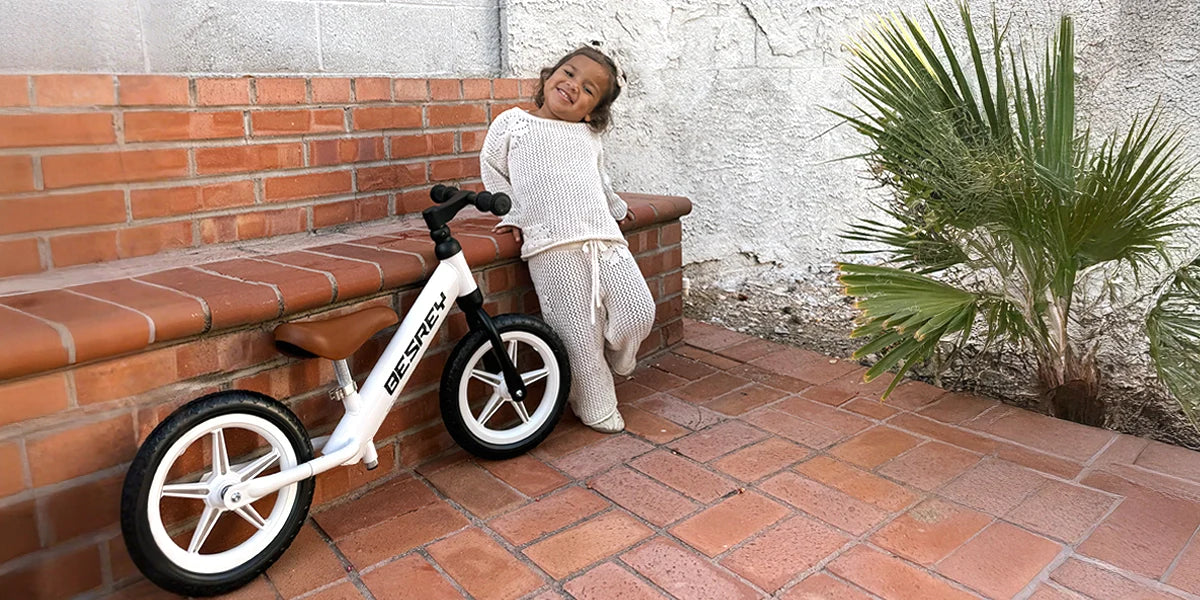Besrey- Nov 26 2025
Indoor vs. Outdoor: Can You Use a Kids’ Play Tent Outside?

Children’s play tents have become a favorite space for fun and a versatile place appropriate for reading, painting books, drawing, building with Legos or simply being a space for relaxation. But as versatile as they are, many parents wonder—can you take an indoor play tent outdoors? The answer isn’t always simple. Whether you want to set up a comfortable hideout in the living room or your child’s bedroom or even bring the fun outside into the backyard, it’s important to highlight what makes a tent suitable for different environments.
In this guide, we’ll explore everything you need to know about indoor vs. outdoor play tents—from fabric and weather resistance to grounding, storage, and maintenance—so you can make the best choice for your little adventurers.
Explore high-quality indoor and outdoor play tents here: Besrey Children’s Tents
Fabric & Weather
The first determining factor to consider when deciding if a tent can be used outdoors is the material it’s made of. Indoor tents are generally designed with soft fabrics that are comfortable for children and allow for ventilation. The poles are typically made of lightweight materials for easy transport and storage. However, these tents aren’t always designed for outdoor use.
The outdoor environment exposes tents to various factors that can shorten their lifespan, such as sunlight, wind and humidity. Intense sunlight can damage the fabric, while rain can cause mold. That’s why accurate outdoor kids tents are often made from water-resistant or UV-protected materials, similar to camping tents.
If you plan to put your tent outside for a couple of hours, make sure the weather is dry and cool. It’s also important to find a good location, preferably flat and keep the area clean.
A practical advice before using your tent outside, check the manufacturer’s care label. If it’s not labeled “outdoor-safe,” avoid using it for camping and consider it for indoor or very light-duty outdoor use only, as it may not be waterproof, UV-resistant, or strong enough for the elements.
Grounding & Wind
Being outdoors presents a challenge: the wind and the stability of the ground. While inside is dry and the ground flat, outside we face other defiance: grass, wind, humidity, dirt or sand can make it unstable to pitch a tent.
Indoor tents are generally made of soft materials and have lightweight poles. They usually don’t include anchor points or stakes to secure the tent to the ground so the wind doesn’t blow it down.
If you’re taking your tent outside, make sure to:
●Choose a flat, dry, and clear spot for your tent, removing any sharp rocks or sticks that could damage the tent floor or cause discomfort.
●Weigh down the tent’s corners with small sandbags, garden stakes, or stones. Place them at each corner of the tent's base or, for greater stability, attach them with straps to the tent frame's upper corners.
●Keep away from open areas where wind gusts are stronger—set up near fences, walls, or trees for protection. It's crucial to stake the tent down firmly to secure it, especially in windy conditions.
●Avoid long exposure to UV Rays: strong exposure to the sun can cause the fabric to be damaged or can affect your children’s health, such as causing heatstroke.
Where Outdoor Works
There are many occasions when bringing your indoor vs. outdoor play tent outside can be a remarkable experience for kids. With a little preparation and a lot of imagination, the backyard, the porch or even the park can be the setting for fantastic adventures for our little ones.
Looking for the perfect time to play outside? Here are a few ideas:
◦Camping nights: Add cozy sleeping bags or blankets and the experience of sleeping under the stars is a unique moment for our children and a beautiful memory.
◦String Up Lights for Ambience: Try fairy lights inside the tent! A little light can really come in handy while searching for items you need inside the tent after it gets dark.
◦Load a cooler with some ice and stock it full of kid (and adult) friendly drinks!
◦Let’s not forget the food! Here are some ideas: Make campfire kabobs, serve a hot dog board or prepare a s’mores board
◦Crafts: Create "natural art" using leaves and sticks, or try drawing or journaling.
◦Card and board games: Card games like Uno or Go Fish for downtime inside the tent.
◦Encourage reading time in the fresh air or do storytelling activities.
In all these scenarios, supervision and preparation are essential. Always check weather conditions before setting up, and bring the tent back indoors before evening dew or unexpected rain.
When to Keep It Indoors
We would love to be able to enjoy outdoor activities, but certain situations force us to keep the tent inside the house. Indoor environments offer greater control, cleanliness and comfort - especially for younger children.
You should keep your tent indoors when:
· The weather is unpredictable: unexpected rain, strong winds, or excessively bright sun can seriously damage the tent or make it unsafe to play in.
· The ground being damp or muddy can cause the tent to develop a bad smell and the humidity can cause mold to grow on the fabric.
· If you wish to keep the tent in good condition, it is advisable to regulate its exposure to the outdoors, as the poles or fabric will eventually wear out.
· If you live near the sea or in humid places, it is advisable to regulate outdoor exposure, as humidity can degrade the quality of fabrics and poles over time.
Proper use of the tent can extend its lifespan, and if you place it inside the room, it can harmonize the décor- especially when it matches the room’s color scheme and theme.
Care & Storage To Extend Life
Whatever use you want to make of your tent, whether outside or inside the house, the care you take when storing it will make a big difference in how long it lasts. Kids’ tents are often made from frail materials that benefit from gentle cleaning and careful folding.
Here are some practical tips to keep your tent looking brand new and safe for years:
1. Never store your tent wet: the number one guideline for longer tent life is to make sure your tent is clean, dry and stored in a temperature and humidity-controlled area.
2. Treat your poles accordingly: The most common causes of deformed and broken poles are when each piece is not assembled correctly.
3. Store it in a cool, dry place. Keep it away from direct sunlight or humidity.
4. Use a suitable bag to store it, so you can prevent the poles from breaking or the fabric from tearing.
5. Before every use, inspect zippers, ties, and poles to ensure they’re intact.
These habits will help keep your tent looking nice and functional whenever your kids want to play, whether they’re having adventures indoors or outdoors in the backyard.
Conclusion
When it comes to indoor vs. outdoor play tents, flexibility is crucial. While some tents can be used outdoors, it’s recommended to use them only for short periods of time, as they weren’t designed for outdoor use. Tents designed specifically for outdoor activities and to withstand sun and humidity are ideal for keeping your children entertained while they enjoy their adventures.
The best recommendation? Choose a high-quality play tent that can adapt to your needs and environments. If you plan to use the tent outside the home, you should make sure it has quality fabric, UV protection and is easy to assemble.
A well-chosen tent can turn any space—whether your child’s bedroom, the backyard, the park or the beach—into an outstanding spot of imagination and happiness.

